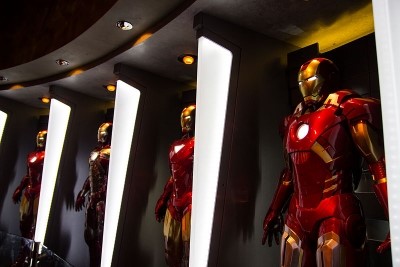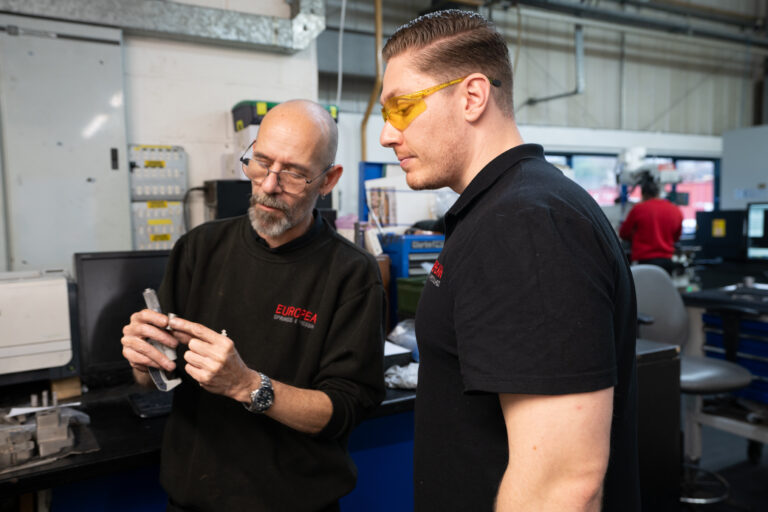
How Springs Can Help Your Health Part 2
Springs are a fascinating creation which are used throughout the world on a daily basis. One of the great things

Springs are a fascinating creation which are used throughout the world on a daily basis. One of the great things

Springs. They are a humble invention which we may not realise serve us in more than engineering and science. They

Spring and summer is the time where we start to see some of the world’s most anticipated sporting events take

If you were to go back and read science fiction novels written 50 years ago, you would discover countless descriptions

And even if we don’t have exactly the tool we need, European Springs’ in house technology enables us rapidly to design and make complex tools, allowing us to offer more competitive prices.



© Copyright 2025 | European Springs
Designed, Promoted and Powered by SQ Digital